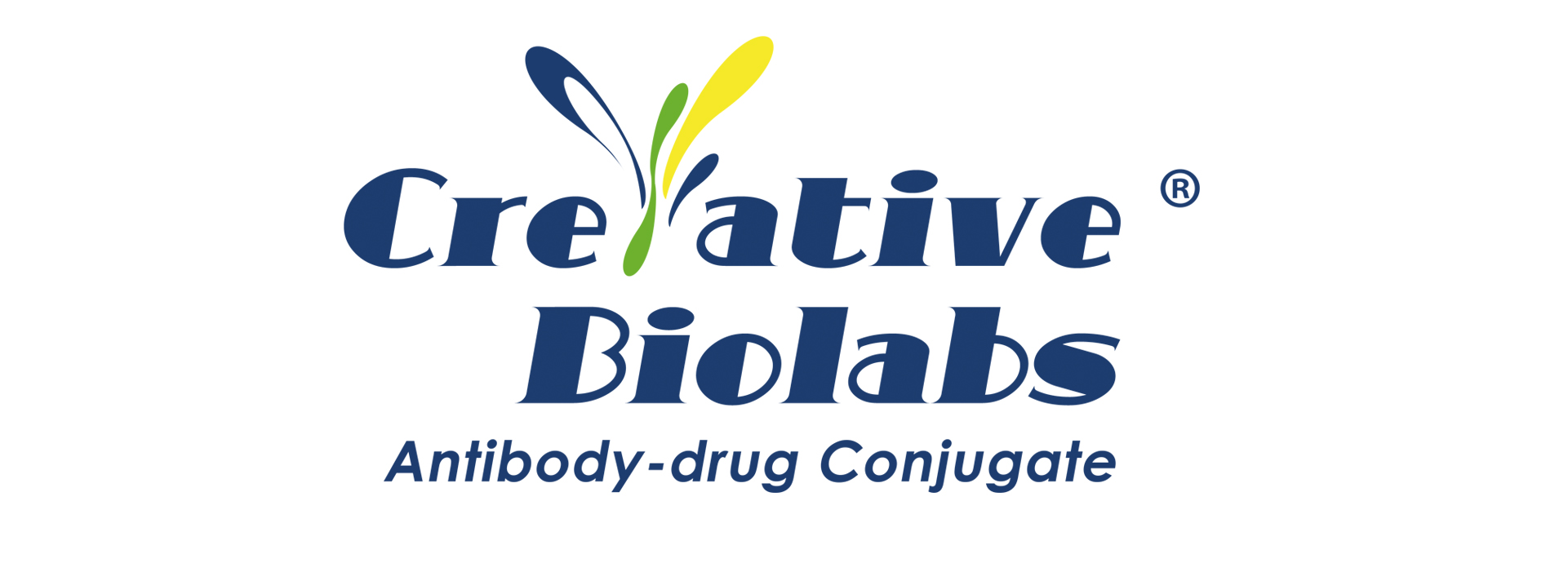Innovative Drugs
- Apoptosis inducer (Bcl-xL inhibitor)
The overexpression of anti-apoptotic Bcl-2 family members (including Bcl-xL) is one of the mechanisms by which cancer cells acquire apoptosis resistance. Drugs that block the BH3-binding domain on Bcl-xL can trigger apoptosis in cancer cells. In 2017, AbbVie first demonstrated the payload of BcL-xL inhibitors in the form of ADC, targeting specific cells or tissues that express EGFR. Interestingly, the researchers used three different connection points on the payload to connect the cuttable linkers. The core modification of amino-alkyl extension is used to establish suitable linking sites when needed.
- Thailanstatin and analogs
A targeted splice is a large ribonucleoprotein complex involved in mRNA processing, which provides a promising therapeutic option for targeted cancer therapy. There are several natural products that can inhibit RNA splicing by binding to different splice subunits. The most representative one is thailanstatin A, which can bind to the SF3b subunit of the splice body, thus preventing RNA splicing.
Thailanstatin A lacks a suitable group for connecting linkers. To solve this problem, carboxylic acids are coupled with ethylene diamine to introduce an amine-containing spacer, which is usually used for the installation of linkers.
Another difficulty in using this natural product in ADC is the existence of multiple reactive functions. For example, the diene in the central nucleus can partially react with Maleimide for biological binding through the Diels-Alder reaction. This problem is solved by using another conjugated part, halogenated acetamide. ADC, which combines these two modifications and contains cuttable linkers, has been reported for the first time in the patent literature and claims to have moderate activity in several cell lines expressing HER2.
- Amatoxins
In the field of ADC technology, the use of amatoxins-like transcriptional inhibitors is a relatively new method. Nine naturally occurring amatoxin derivatives have the same skeleton structure, with a large ring of eight L-configuration amino acids partially connected to tryptophan and cysteine residues by sulfoxide. The three side chains of amatoxins are hydroxylated, and the OH group has good water solubility and binds to the target molecule. Two peptides, α-Amanita glycoprotein and β-Amanita toxin, account for 90% of all amatoxins.
Three attachment points have been used on amatoxins to generate ADC. The first attempt is to couple the carboxyl group of β-Amanita toxin to the amino group of lysine on IgG. This connection has good plasma stability and high cytotoxicity, but the yield of this biological coupling is very low. The hydroxyl group of dihydro isoleucine is also considered to be a junction. Glutathione is introduced as a linker, and then through lysine binding, ADC with excellent cytotoxicity in vitro and antitumor activity in vivo can be obtained. Unfortunately, due to the cleavage of linkers by serum carboxylesterase, its circulatory stability is poor. In the third method, the 6-hydroxy group attached to tryptophan represents the current standard procedure, and etherification of phenol with various linkers leads to highly stable and effective ADC. Because other amino acids of amatoxins either have no chemical activity or are the key to binding to RNA polymerase II, other amino acids (hydroxyproline, glycine, isoleucine and cysteine) cannot be used for coupling.
The representative ADC based on amanitin is HDP-101. The payload itself is a synthetic adamantane derivative, which optimizes stability. Compared with natural gastrodin, the two differences are that there is no 6′-OH in tryptophan and the thioether chain replaces sulfoxide. Cathepsin B-cleavage linker was introduced through the formation of amides on the aspartic acid side chain.
Recently, Park and its collaborators have designed a new linker motif (OHPAS) for payloads containing phenol. It is a diaryl sulfate, with one aryl part from the payload and the other from the potential phenol group of the connecting group. This technique was applied to α-Amanita toxin in trastuzumab ADC, which showed strong cytotoxicity in vitro and in vivo.
- Nicotinamide phosphoribosyl transferase
Nicotinamide phosphoribosyl transferase (NAMPT) is an enzyme responsible for converting nicotinamide to nicotinamide mononucleotides. Its inhibitors have been shown to be effective in a variety of preclinical and clinical studies, but its clinical application is limited by targeted toxicity and dose-limiting toxicity, such as thrombocytopenia and gastrointestinal adverse GI effects.
Novartis researchers introduced piperazine into the benzene ring alignment of the NAMPT inhibitor payload to determine the appropriate attachment point of the linker. This molecule showed nanomole potency in c-Kit and HER2 expression cell lines, and the conjugates were well tolerated and demonstrated target-dependent efficacy in vivo.
- Carmaphycins
Two new protease inhibitors, carmaphycin A and carmaphycin B, were isolated from cyanobacteria. Both have a leucine-derived α, β-epoxy ketone warhead directly connected to methionine sulfoxide or methionine sulfone. They were found to inhibit 20s protease β 5 subunit activity (chymotrypsin-like activity) in Saccharomyces cerevisiae. In addition, they have strong cytotoxicity to lung and colon cancer cell lines.
However, because of their high price, they have poor selectivity and often show toxic side effects. Therefore, the highly toxic carmaphycin derivatives are suitable to be used as warheads of ADC, which can maintain the required potency and obtain better tolerance. The designed analogs are incorporated into sulfone methionine derivatives (such as carmaphycin B) at the P2 position, rather than sulfoxide methionine in carmaphycin A because this eliminates the structural complexity produced by the mixture of sulfoxide stereoisomers.
The first generation of analogs contains amino groups at the end of P4, which unfortunately is not appropriate because the payload shows reduced cytotoxic activity. The second generation carmaphycin analogs contain an amino group on the P2 side chain, and the effect is best when the short ethyl amino chain extends the sulfonyl group. In the third-generation analogs, aryl groups connect sulfone with amines, thus reducing its alkalinity. Both the second and third generation payloads show strong in vitro activity and are connected with cleavable or non-cleavable linkers. Unfortunately, no ADC showed higher cytotoxicity to the tested cancer cell lines than trastuzumab.
